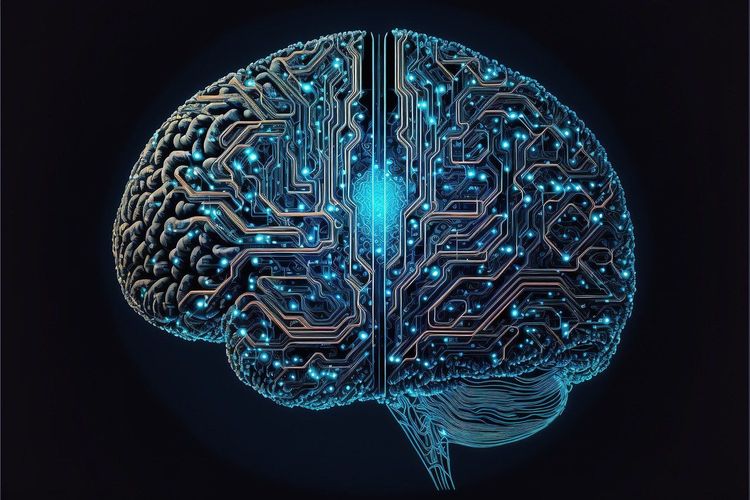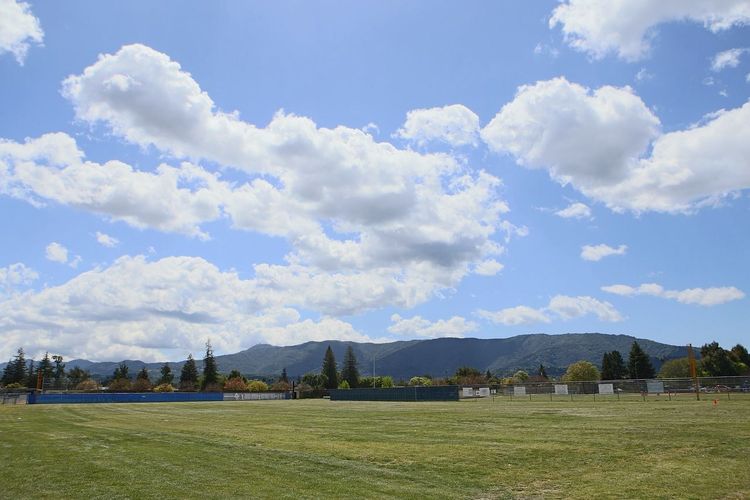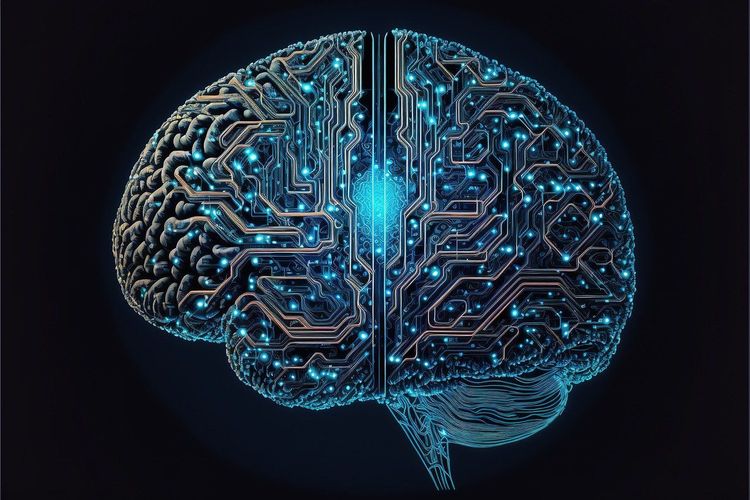Li Chao: The Rise of the AI Technology Revolution as the Fourth Industrial Revolution
Artificial Intelligence (AI) is recognized as a driving force of the Fourth Industrial Revolution. This technological shift is characterized by the widespread integration of next-generation technologies that enhance productivity and efficiency. The evolution of AI is set to replace repetitive cognitive tasks traditionally performed by humans, fundamentally transforming the relationship between individuals and machines. This shift will not only unleash human creativity but also increase leisure time and extend recreational opportunities, leading to significant societal changes.
I. The Emergence of AI Technology Revolution around 2010
The AI technology revolution began shaping around 2010, fueled by advancements in chip technology, cloud computing, and the Internet of Things (IoT). This era saw a dramatic increase in our ability to collect and process vast amounts of data, enhancing computational power and optimizing algorithms. Notable developments, such as the rapid evolution of ChatGPT, advancements in autonomous driving, and the introduction of humanoid robot prototypes, signify the widespread applicability of AI technologies in daily life.
Key technological milestones in this revolution include:
1. Chips as the Heart of AI: The journey of AI chips began in 2008 with Nvidia’s Tegra chip. In 2010, IBM introduced a brain-like chip prototype capable of simulating cognitive functions and parallel processing. By 2012, deep learning had emerged as the leading methodology for AI development.
2. Advancements in Deep Learning: The potential of large-scale deep neural networks was first confirmed in 2006. By 2012, these networks demonstrated low error rates, resulting in explosive growth within the industry. The introduction of large deep learning models in 2014 further enhanced AI capabilities.
3. Cloud Computing as the AI Foundation: Cloud computing has rapidly developed since 2009, serving as a critical platform for AI applications. This evolution has expanded AI services and liberated human labor, leading to innovations such as AI-generated art and writing.
4. Energy and Data Infrastructure: Effective AI implementation relies on robust energy systems and complex data interactions, as deep learning entails extensive data transmission and computational power. This focus on efficiency supports global carbon reduction initiatives.
II. The Practical Applications of AI: Robotics
Robots are emerging as the most visible and impactful manifestations of the AI technology revolution. In a broad context, they can replace or assist humans in labor-intensive tasks, such as through autonomous vehicles and cleaning machines. In a narrower sense, humanoid robots are crafted to replicate human attributes for specific functions.
1. The Necessity for Robots
Current trends, including an aging population and rising labor costs, drive the need to replace human labor with machines. Robots can significantly enhance productivity by performing arduous or hazardous tasks. For example:
- Automated Factories: Dark factories utilize intelligent robots to manage entire production processes autonomously, boosting efficiency and cutting costs.
- Rescue Robots: AI-driven firefighting robots can conduct reconnaissance in dangerous scenarios, minimizing risk for human firefighters.
2. Conditions Favoring Robotics Integration
Robots possess the capabilities to move, perceive, and interact with their surroundings, making them ideally suited for diverse applications in manufacturing and daily life. Their design facilitates seamless integration into human-centric environments, promoting interaction without significant alterations.
3. The Dual Nature of Robotics
According to the International Organization for Standardization (ISO), a robot must exhibit autonomy and operational capability in its environment. Broadly, robots include categories spanning industrial, service, and specialized functions. In China, demand for robots in disaster management and public safety is on the rise, with the global robotics market projected to reach $51.3 billion.
III. Infrastructure of the AI Technology Revolution
The foundation of the AI industry has evolved significantly since the concept of AI was introduced in 1956. Progressing from perception-based AI to analytical and decision-making AI is driven by advancements in data processing, storage capacity, and computational power.
A. The Role of Semiconductors
Semiconductors are fundamental to the AI revolution, acting as key components of the chips that enable advanced computational capabilities. The semiconductor industry encompasses a complex supply chain involving design, manufacturing, and packaging, with applications across consumer electronics, healthcare, communications, and AI.
B. The Importance of Enhanced Infrastructure
With Artificial Intelligence Generated Content (AIGC) advancing rapidly, the demand for sophisticated infrastructure has escalated. Innovations in data management, storage solutions, and computational power are vital for supporting the performance of generative AI models like ChatGPT.
Conclusion
The ongoing AI technology revolution promises profound transformations across multiple sectors, driven by innovative robotic applications and robust infrastructure. As AI technologies progress, foundational elements like data, computation, and semiconductor technology will be crucial in shaping the future of industries globally. Investment in AI and semiconductor advancements is not merely a technological evolution; it is strategic for achieving competitive advantage and fostering sustainable growth in the contemporary economy.







